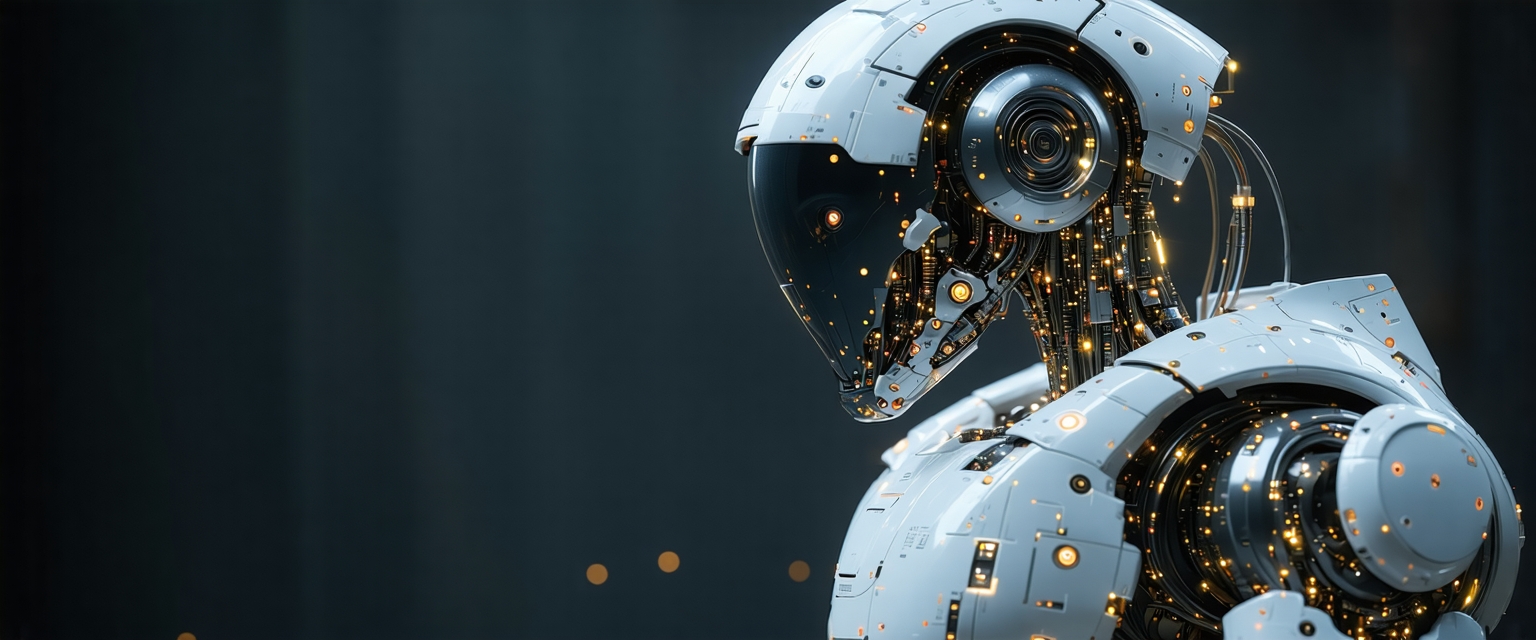






The field of robotics is rapidly evolving, with recent advancements pushing the boundaries of what machines can achieve. New developments in AI, materials science, and control systems are leading to robots that are more intelligent, agile, and capable than ever before.
Traditional industrial robots have been limited in their ability to adapt to unpredictable environments. They typically perform repetitive tasks in structured settings, lacking the dexterity and intelligence needed for more complex operations. Recent years have seen a shift towards creating more adaptable robots using advanced machine learning techniques.
This includes the development of sophisticated algorithms that allow robots to learn from experience, improve their performance over time, and even anticipate and react to unforeseen events. This progress is fueled by developments in areas like deep reinforcement learning and imitation learning.
Researchers at MIT recently unveiled a new robotic arm capable of performing complex assembly tasks with unprecedented dexterity. This arm utilizes advanced sensors and AI algorithms to precisely manipulate objects, even those that are irregularly shaped or difficult to grasp. Simultaneously, advancements in soft robotics are creating more flexible and safe robots for human-robot collaboration in areas like healthcare and manufacturing.
Another significant advancement lies in the development of more robust and efficient control systems. These systems allow robots to move more quickly and smoothly, reducing the time needed to complete tasks and increasing overall productivity. Furthermore, new materials are enabling robots to be lighter, stronger, and more durable.
These advancements will have a profound impact across various industries. In manufacturing, more agile robots can automate complex processes, increasing efficiency and reducing production costs. In healthcare, robots can assist surgeons with intricate procedures and provide personalized care to patients. Furthermore, robots are increasingly being used in logistics, agriculture, and exploration, opening up new possibilities for automation and innovation.
The future of robotics looks bright, with ongoing research focusing on developing even more intelligent, adaptable, and autonomous machines. Areas of focus include improving human-robot collaboration, enhancing safety mechanisms, and developing robots that can operate in unstructured and dynamic environments. The ethical implications of increasingly sophisticated robots will also require careful consideration.